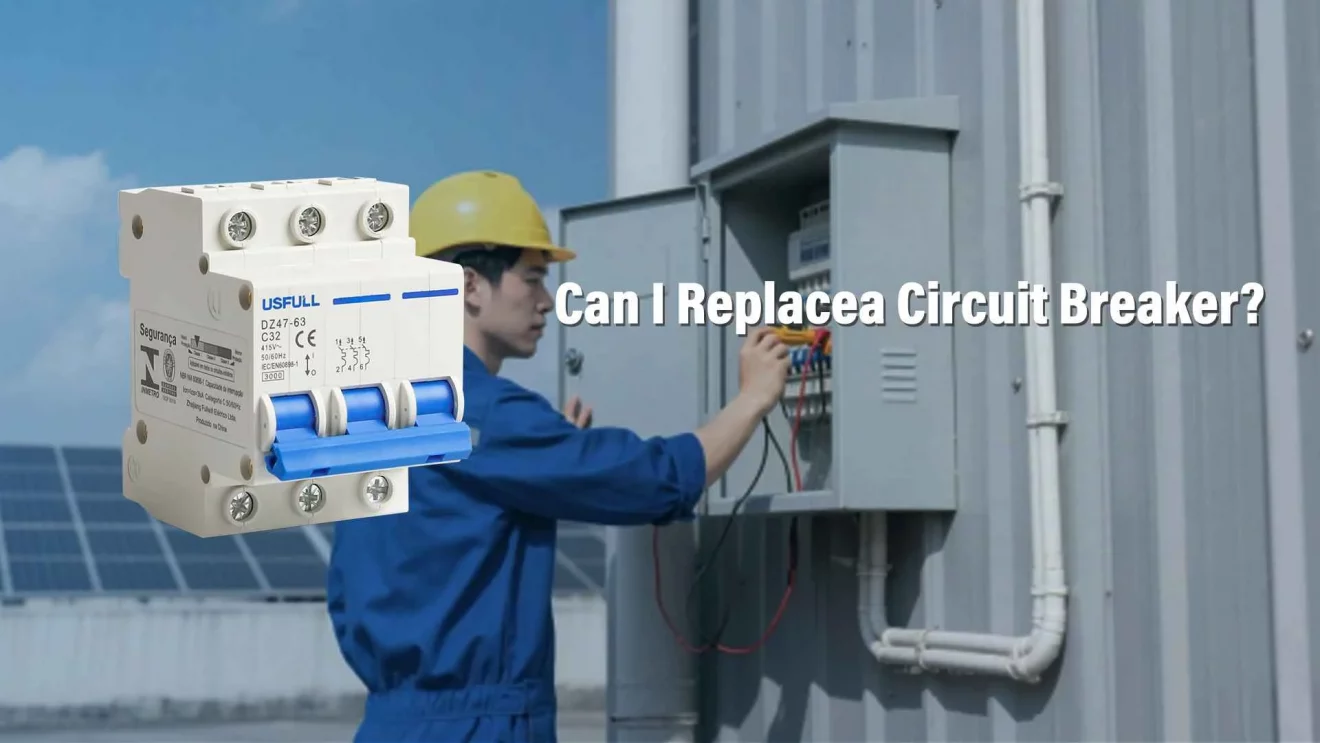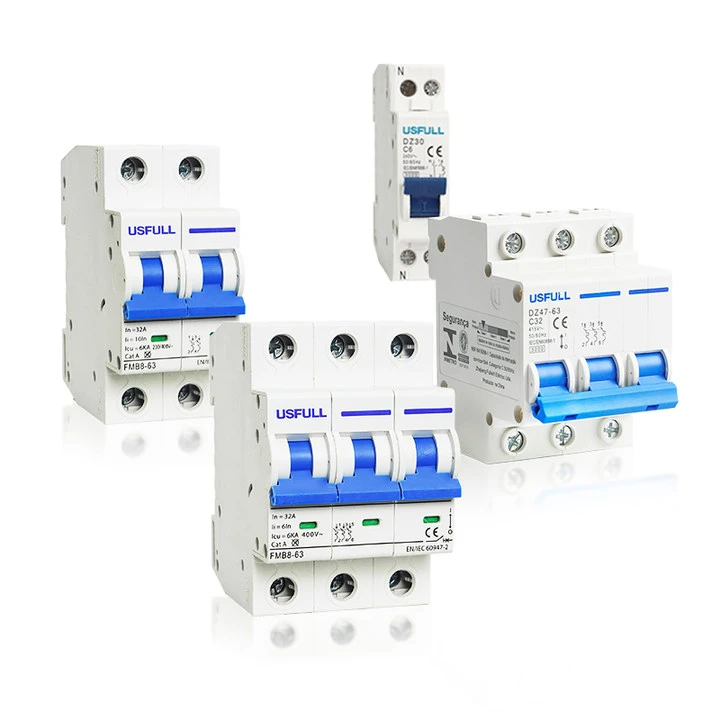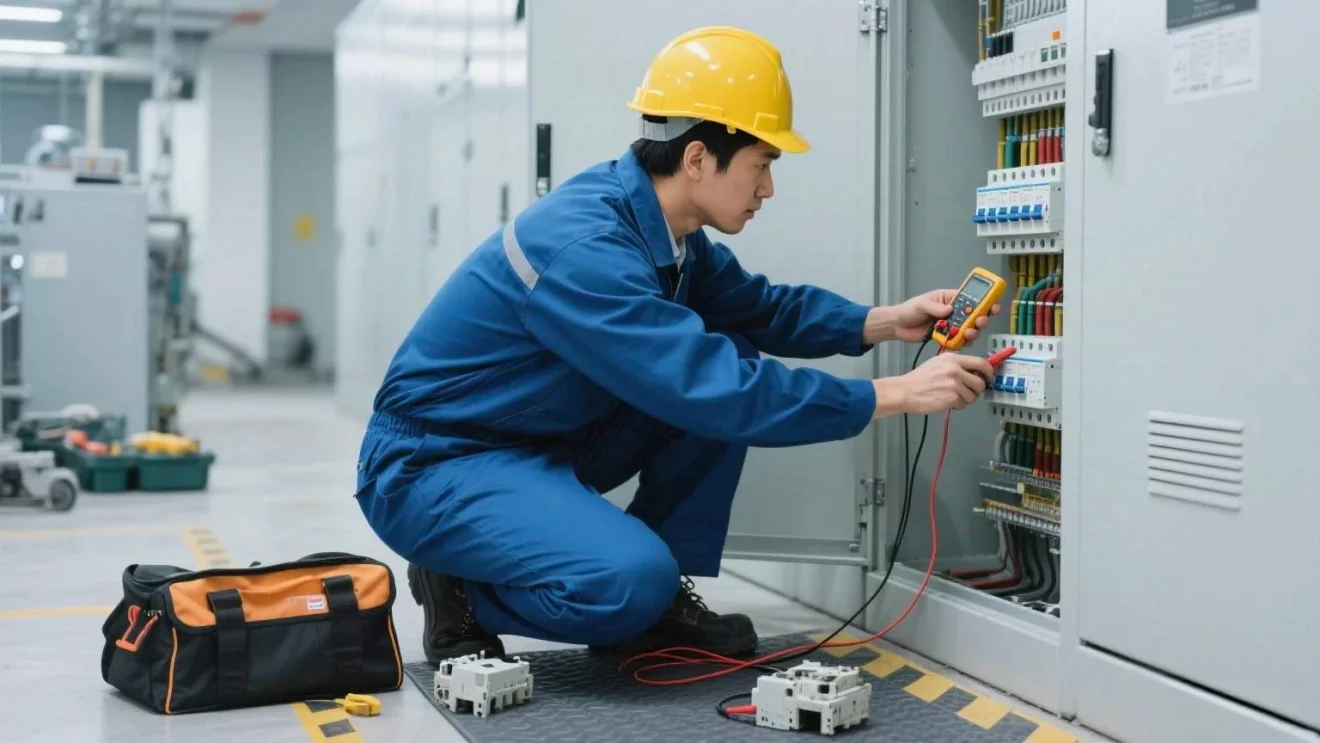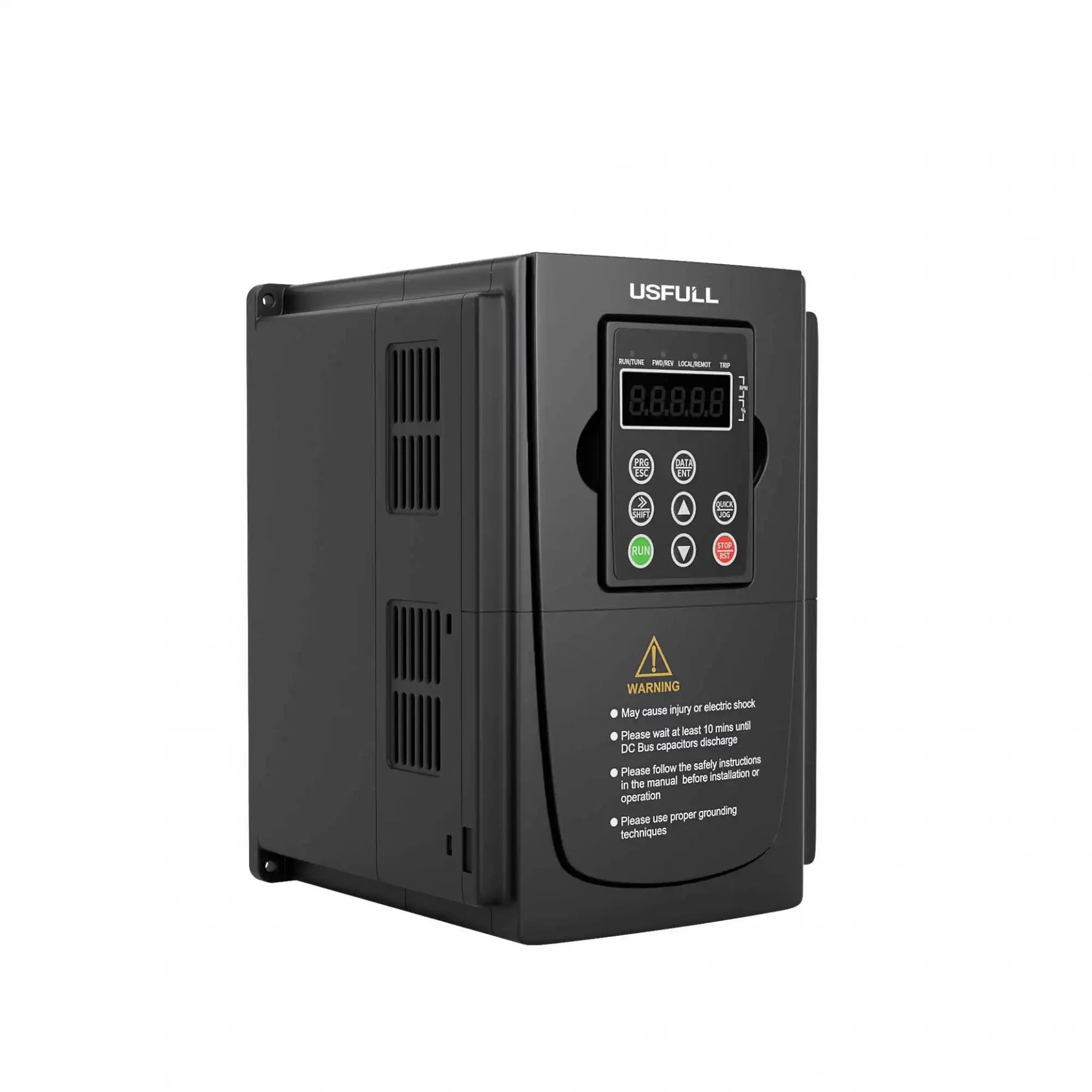Old or faulty circuit breakers risk electrical fires and unexpected outages. Ignoring them can damage appliances and homes. Replacing breakers restores safety and efficiency.
Yes, you can replace a circuit breaker if it is damaged, outdated, or insufficient for your electrical load. By following proper safety precautions and using the correct tools, you can ensure a safe, effective, and reliable breaker replacement that protects your home or business.
Keep reading to learn signs, tools, and steps for safe replacement.
Signs That Point to Replacing a Circuit Breaker
Knowing when to replace a circuit breaker is vital for preventing serious electrical hazards. If your breaker trips frequently, it may be unable to handle your current load. Breakers that show visible signs of damage—such as scorch marks, burning smells, or physical cracks—pose a fire risk.
If your breaker is over 20 years old, it likely no longer meets modern safety standards. Another clear sign is when a breaker will not stay reset or the breaker panel feels hot to the touch. Overheating indicates internal failure and requires immediate replacement.
For businesses sourcing from a Fabricant de disjoncteurs en Chine, regular inspection is crucial. Whether you’re handling Disjoncteurs solaires à courant continu, dc breakers, or a circuit du disjoncteur in an industrial setting, these signs signal that replacement is necessary to maintain safety and operational reliability.
Benefits of Replacing a Circuit Breaker
Upgrading or replacing your circuit breakers offers several key benefits. First, it ensures enhanced safety by protecting against electrical fires and shock risks. Modern dc circuit breaker models and breaker dc units can handle higher loads with greater reliability.
Replacing old breakers also improves energy efficiency and reduces unexpected outages, which is essential for both residential and commercial facilities. For B2B buyers, sourcing from a reliable Circuit Breaker supplier ensures compliance with international standards like CE, IEC, and TUV.
Furthermore, using certified Disjoncteurs solaires à courant continu from a professional Fabricant de disjoncteurs ensures your photovoltaic or industrial projects are supported by long-lasting, high-quality products. Reliability leads to fewer maintenance costs and increased customer trust.
Tools Needed for a Circuit Breaker Replacement
To replace a circuit breaker safely, gather the right tools and equipment. You’ll need a flathead and Phillips screwdriver for removing the panel cover and disconnecting the breaker. Needle-nose pliers and wire cutters are necessary for handling and preparing wires.
A multimeter is critical for confirming the panel is de-energized before you begin work. Always wear insulated gloves to protect against accidental shocks. A flashlight is helpful for low-light conditions inside the breaker panel.
Most importantly, have the correct replacement breaker ready. Whether it’s a Disjoncteur solaire à courant continu, circuit du disjoncteur, or standard dc breaker, ensure the specifications match the original breaker for safety and proper function. Sourcing from a Fabricant de disjoncteurs en Chine guarantees reliable and certified options for your needs.
How to Replace a Circuit Breaker
Replacing a circuit breaker involves careful attention to safety and step-by-step execution:
Turn Off Main Power – Switch off the main breaker to cut power. Verify with a multimeter.
Remove the Panel Cover – Unscrew and set it aside carefully.
Identify the Faulty Breaker – Locate the breaker needing replacement.
Disconnect the Wires – Use pliers and note the wire positions for accurate reconnection.
Remove the Old Breaker – Gently pull or release it from its slot.
Install the New Breaker – Snap in the correct dc circuit breaker securely.
Reconnect the Wires – Match the original configuration and tighten connections.
Inspect All Work – Ensure connections are secure and no wires are loose.
Replace the Panel Cover – Screw it back into position.
Restore Power and Test – Turn on the main breaker and check that your new breaker dc functions properly.
Using quality breakers from a professional Circuit Breaker supplier ensures a longer-lasting and safer installation.







